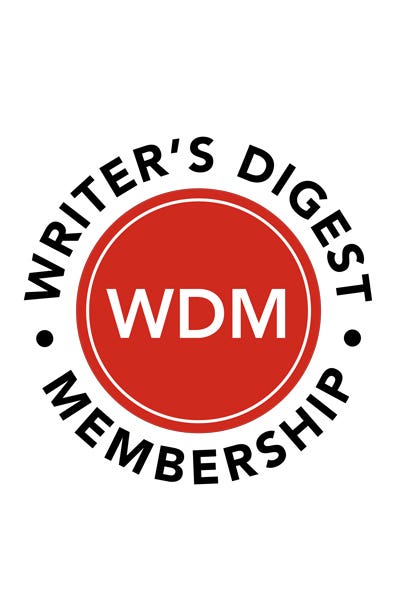Before You Submit Anything …
Here’s how to ensure that your submission contains all the key essentials.
Before your writing goes to market, it will have to survive its first crucial moments auditioning for agents, editors and, perhaps most important, those slush pile readers whose jobs are only as secure as their ability to recognize salability.
I imagine it takes a lot of caffeine.
Now, if your job was to pass judgment on scores of queries, proposals and manuscripts every week, most of them not particularly fascinating, what characteristics would make you want to keep reading?
Here’s how to ensure that your submission contains all the key essentials.
STUDY YOUR MARKETS. Agents, acquisitions editors and all dealers in creative works usually run the writing-world equivalent of personals ads. They're careful to describe what they want and how they want it, so check their websites and listings in submission guideline resources like Writer's Market. If an agent doesn’t represent memoirs, there's no point in submitting one. If a press doesn’t want sample chapters up front, don’t include them. Address your submission to a person by name, and follow the guidelines exactly.
MAKE YOUR SUBMISSION FLAWLESS … And don't depend to heavily on your computer too do it for you. (Did you catch that? I just used "to" instead of "too," and there goes my credibility. A spell-check program wouldn't have spotted it.) Your submission is a direct reflection of the work you’re trying to sell, so make sure it’s as close to perfect as you can get it. Also, there's a lot of misinformation on the Web, so triple-check your facts.
REMEMBER THE THROAT, THE HEART AND THE GUT. If you don't grab whoever is reading your work by one of those in the lead paragraph of your query or cover letter, nothing else counts. Write a strong, compelling description of your idea (it may be the first paragraph of the work you want to write). Cut the fat. Avoid redundancy. Drop that first shoe, as the saying goes.
KEEP IT BRIEF. If you need more than a page to make a strong case for your concept, become a lawyer.
SHOW THEM THE MONEY. In your query or cover letter, always include a sentence or two to explain why your concept will be commercially successful, and/or a perfect fit for the specific audience. For example, “small enough to be a timely stocking stuffer”; “just in time to help people survive the next recession”; “a story on the loss of corporate common sense in America, which is in line with your publication’s mission to …”
DON’T FORGET ABOUT YOURSELF. Who are you? Why are you ideally suited to write what you're proposing or have submitted? Explain. For things like nonfiction proposals and magazine articles, you need a reason directly connected to your submission, not just a résumé—and if there is no reason, create one that's feasible using your background, publishing credits, etc. Just be sure to avoid too, too many superlatives, especially about yourself—because after a while, they tend to lose their meaning.
MULTIPLY YOUR SUBMISSIONS. Is sending your work to several potential buyers at once smart business, or an act of desperation? The rules for multiple submissions vary by genre and individual guidelines, but one fact is undeniable: If you send out only one submission at a time, you may wait weeks or months for a response. Multiple submissions beget more chances for publication, and at the end of the day, you only need that one sale.
FOLLOW UP. It's not just entirely acceptable, but smart, to follow up after the amount of time specified in the submission guidelines has passed. The key is to not be forgotten, and also to not be a pest—so when you do follow up, do so politely, and include your original submission in the body of the e-mail (if it's via e-mail, that is) for the editor's easy reference.





